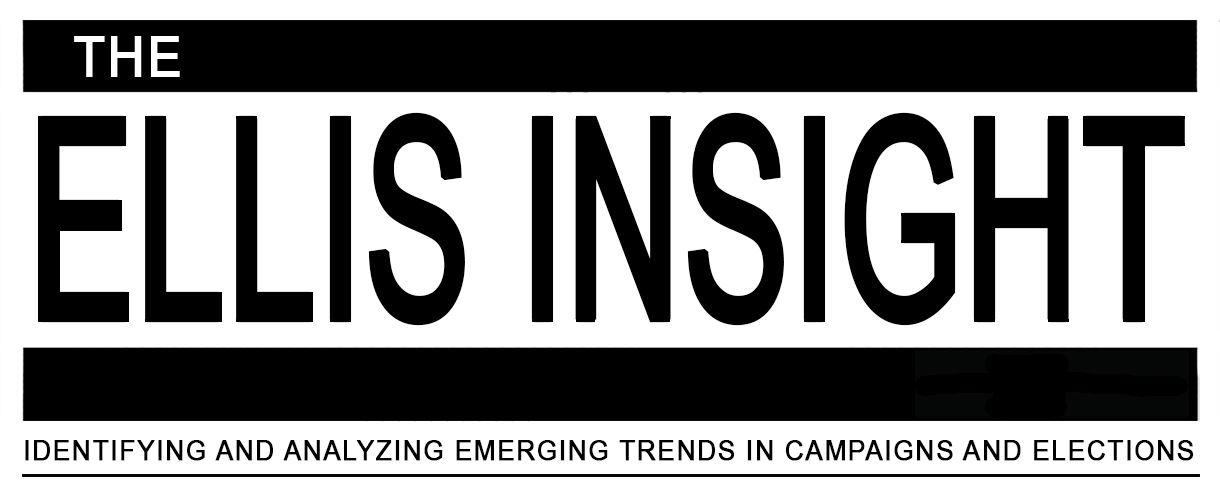By Jim Ellis
Sept. 9, 2016 — The Washington Post just released their Survey Monkey online polling data for all 50 states. (Poll: Redrawing the electoral map) It gives us our first complete look at the nation’s political predisposition on a state-by-state basis through August and early September (polling period: Aug. 6-Sept. 1).
The results, with several exceptions, are not particularly surprising. The answers you’d expect after understanding how this entire election campaign has unfolded relate to just how negatively people view both candidates. That is, 95 percent of the respondents said at least one of two major party contenders, Hillary Clinton and Donald Trump, would “threaten the nation’s well-being”. Twenty-one percent believe both are a similar threat.
The polls’ cumulative effect gives Clinton a discernible electoral vote lead, which is consistent with other publicly available survey research information. But, several states are inconsistent with other published data and vote history.
